Author: Paul Amico
Known primarily for its high alpha acid content, Warrior is capable of imparting a notably smooth and clean bitterness at lower usage rates. Other than the fact it was developed by Select Botanicals Group and Yakima Chief Ranches, little else is known about where exactly Warrior came from, as information regarding its pedigree has been kept under wraps. While most of the attention this variety receives is for its massive bittering potential, Warrior is also said to impart beer with grapefruit, pineapple, and piney characteristics when used later in the process.

Alpha: 16 – 18%
Beta: 4.3 – 5.3%
Cohumulone: 22 – 26% of alpha acids
Total Oil: 1.3 – 1.7 mL/100g
Myrcene: 40 – 50%
Humulene: 15 – 19%
Caryophyllene: 9 – 11%
Farnesene: <1%
Linalool: 0.4 – 0.7%
ß-Pinene: 0.5 – 0.7%
Geraniol: 0.4 – 0.8%
Parentage: kept secret by Select Botanicals Group and Yakima Chief Ranches
Having used Warrior for the purpose of bittering beer in the past, I was excited to see how it would play in the more heavily hopped Hop Chronicles Pale Ale.
| MAKING THE BEER |
The goal being to emphasize hop character, I stuck with the standard Hop Chronicles Pale Ale recipe for this batch.
Warrior Pale Ale
Recipe Details
| Batch Size | Boil Time | IBU | SRM | Est. OG | Est. FG | ABV |
|---|---|---|---|---|---|---|
| 5.5 gal | 60 min | 42.6 IBUs | 4.0 SRM | 1.051 | 1.011 | 5.3 % |
| Actuals | 1.051 | 1.01 | 5.4 % | |||
Fermentables
| Name | Amount | % |
|---|---|---|
| Pale Malt (2 Row) US | 10 lbs | 83.33 |
| Vienna Malt | 2 lbs | 16.67 |
Hops
| Name | Amount | Time | Use | Form | Alpha % |
|---|---|---|---|---|---|
| Warrior | 10 g | 40 min | Boil | Pellet | 17.5 |
| Warrior | 10 g | 15 min | Boil | Pellet | 17.5 |
| Warrior | 14 g | 10 min | Boil | Pellet | 17.5 |
| Warrior | 56 g | 2 min | Boil | Pellet | 17.5 |
| Warrior | 56 g | 4 days | Dry Hop | Pellet | 17.5 |
Yeast
| Name | Lab | Attenuation | Temperature |
|---|---|---|---|
| Dieter (G03) | Imperial Yeast | 75% | 60°F - 69°F |
Notes
| Water Profile: Ca 92 | Mg 1 | Na 10 | SO4 153 | Cl 50 |
Download
| Download this recipe's BeerXML file |
I started off this brew day by collecting the full volume of filtered water and adjusting it to my desired mineral profile.
After collecting the full volume of water and adjusting it to my desired profile, I flipped the switch on my Clawhammer electric controller to get things heating up then proceeded with milling the grain.
When the water was properly heated, I stirred in the grains and check to make sure the mash was at my intended temperature.
During the mash rest, I weighed out the kettle hop additions.
When the 60 minute mash rest was finished, I removed the grains from the sweet wort and set the controller the heat it up.
Following a 60 minute boil, I used my CFC to chill the wort during transfer to a sanitized fermenter.
A refractometer reading showed the wort was slightly under my target OG, but nothing I was worried about.
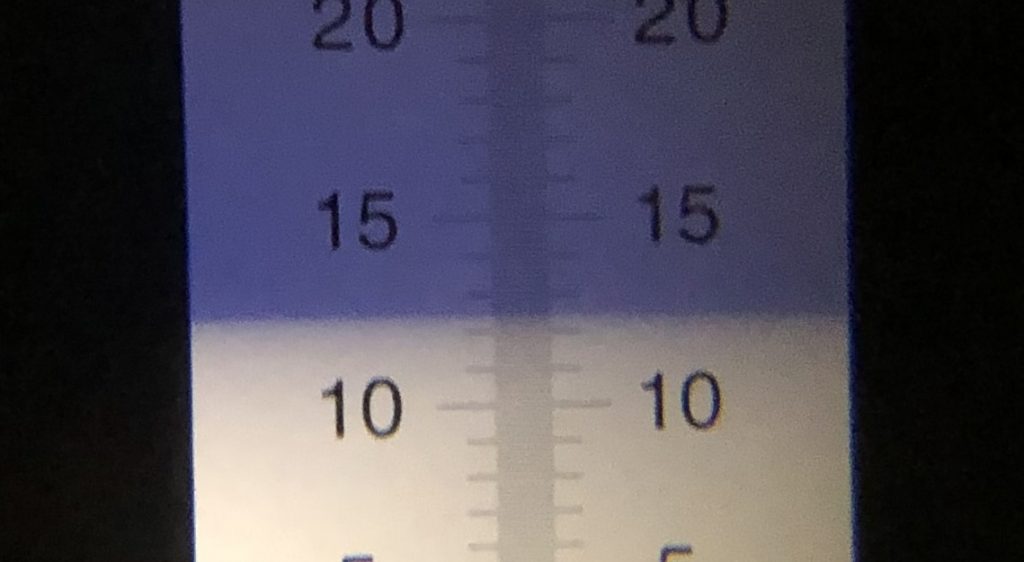
After a couple hours in my fermentation chamber, I pitched a vitality start of Imperial Yeast G03 Dieter I’d made earlier in the day.
The beer was left to ferment at 66°F/19°C for 11 before I took a hydrometer measurement confirming FG was reached.
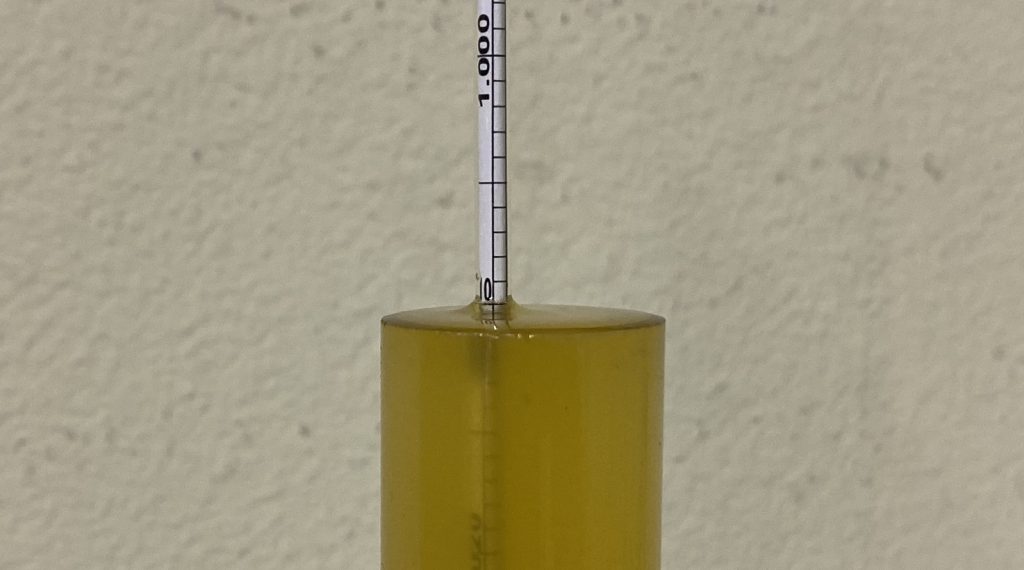
With fermentation complete, I transferred the beer to a CO2 purged keg.
The filled keg was placed in my keezer and burst carbonated overnight before I reduced the gas to serving pressure. After a week of conditioning, I began serving it to blind tasters.
| METHOD |
Participants were instructed to focus only on the aromatic qualities of the beer before evaluating the flavor. For each aroma and flavor descriptor, tasters were asked to write-in the perceived strength of that particular characteristic on a 0-9 scale where a rating of 0 meant they did not perceive the character at all and a 9 rating meant the character was extremely strong. Once the data was collected, the average rating of each aroma and flavor descriptor was compiled and analyzed.
| RESULTS |
A total of 28 people participated in the evaluation of this beer, all blind to the hop variety used until after they completed the survey. The average aroma and flavor ratings for each descriptor were plotted on a radar graph.
Average Ratings of Aroma and Flavor Perceptions
The 3 characteristics endorsed as being most prominent by participants:
| Aroma | Flavor |
| Apple/Pear | Citrus |
| Tropical Fruit | Apple/Pear |
| Citrus | Tropical Fruit |
The 3 characteristics endorsed as being least prominent by participants:
| Aroma | Flavor |
| Onion/Garlic | Onion/Garlic |
| Dank/Catty | Berry |
| Pine | Stone Fruit |
Participants were then asked to rate the pungency of the hop character.
Next, tasters were then instructed to identify beer styles they thought the hop would work well in.
Finally, participants were asked to rate how much they enjoyed the hop character on a 1 to 10 scale.
My Impressions: When drinking this beer with my evaluator hat on, I primarily got notes of pine with citrus in the background, giving it that classic American Pale Ale character. The bitterness was definitely clean and smooth, and while I would say the hop character was more than mild, it wasn’t as pungent as other aroma varieties.
| CONCLUSION |
Despite existing descriptions of Warrior as imparting characteristics typically associated with more popular aroma varieties, I admittedly expected it to have a lackluster impact when used as anything other than a bittering addition. Surprisingly, blind tasters perceived the most prominent aroma and flavor characteristics as being fruity, namely citrus, tropical fruit, and apple/pear.
In post-survey conversations with tasters who are familiar with different hops, many were shocked to hear the beer was hopped solely with Warrior, not only because its deemed a bittering variety, but the fact it was used on its own. While not terribly pungent, Warrior contributed a hop complexity not often attributed to single-hop beers, and based on preference ratings, people seemed to rather enjoy it.
It’s rare I find myself thirsting for a pint of one of these Hop Chronicles beers, not necessarily that they’re bad, just a tad unidimensional. This Warrior Pale Ale, on the other hand, was actually quite good and threw me for a bit of a loop based on my expectations. Prior to this experience, I’d only ever considered using Warrior to bitter my beers, and while this confirmed for me how well it works for that purpose, I now look forward to using it later in the process for a number of styles.
Warrior hops are available now at Yakima Valley Hops, get them while you can! If you have any thoughts on this variety, please feel free to share them in the comments section below.
Support Brülosophy In Style!
All designs are available in various colors and sizes on Amazon!
Follow Brülosophy on:
FACEBOOK | TWITTER | INSTAGRAM
If you enjoy this stuff and feel compelled to support Brulosophy.com, please check out the Support page for details on how you can very easily do so. Thanks!


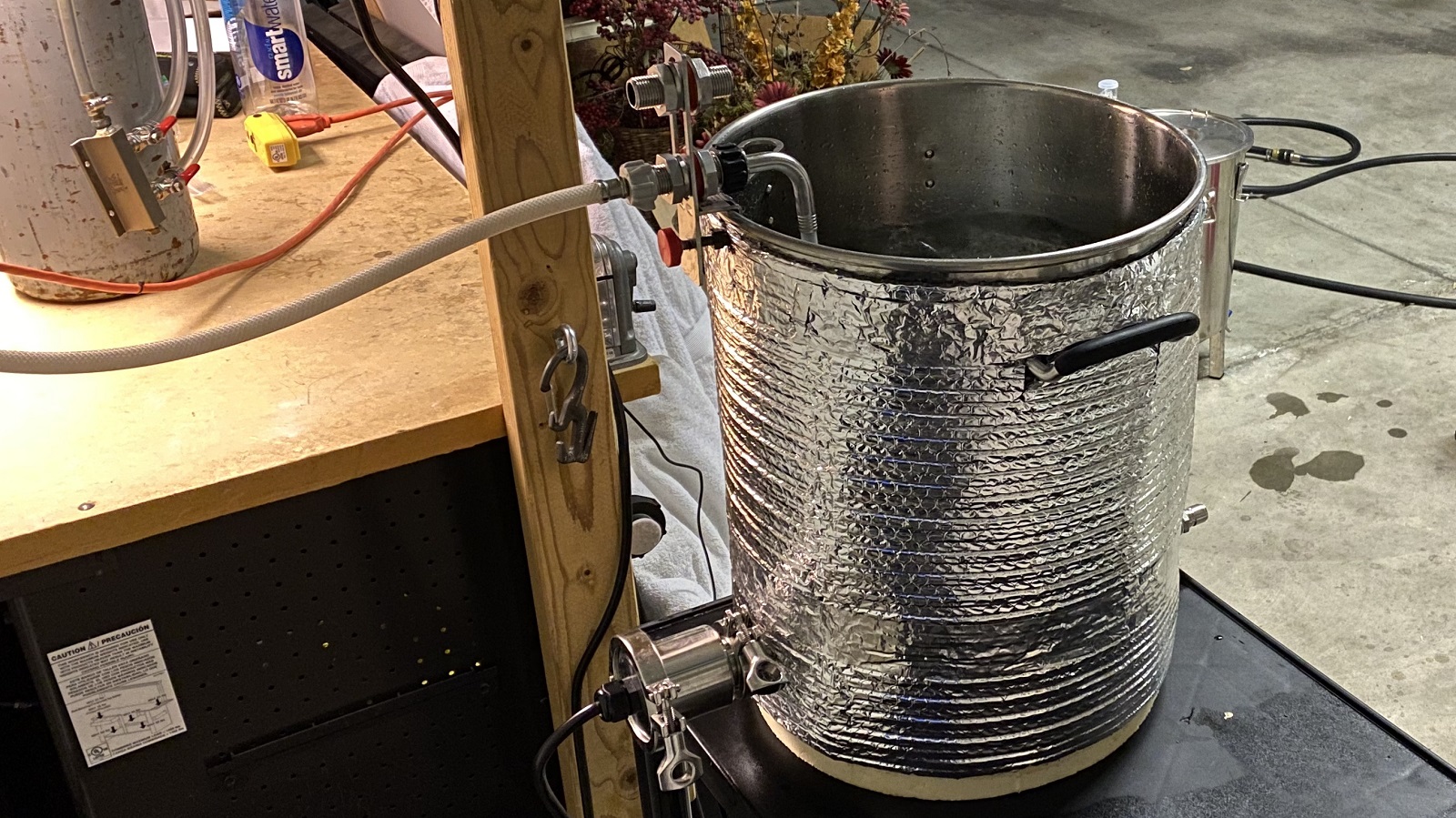
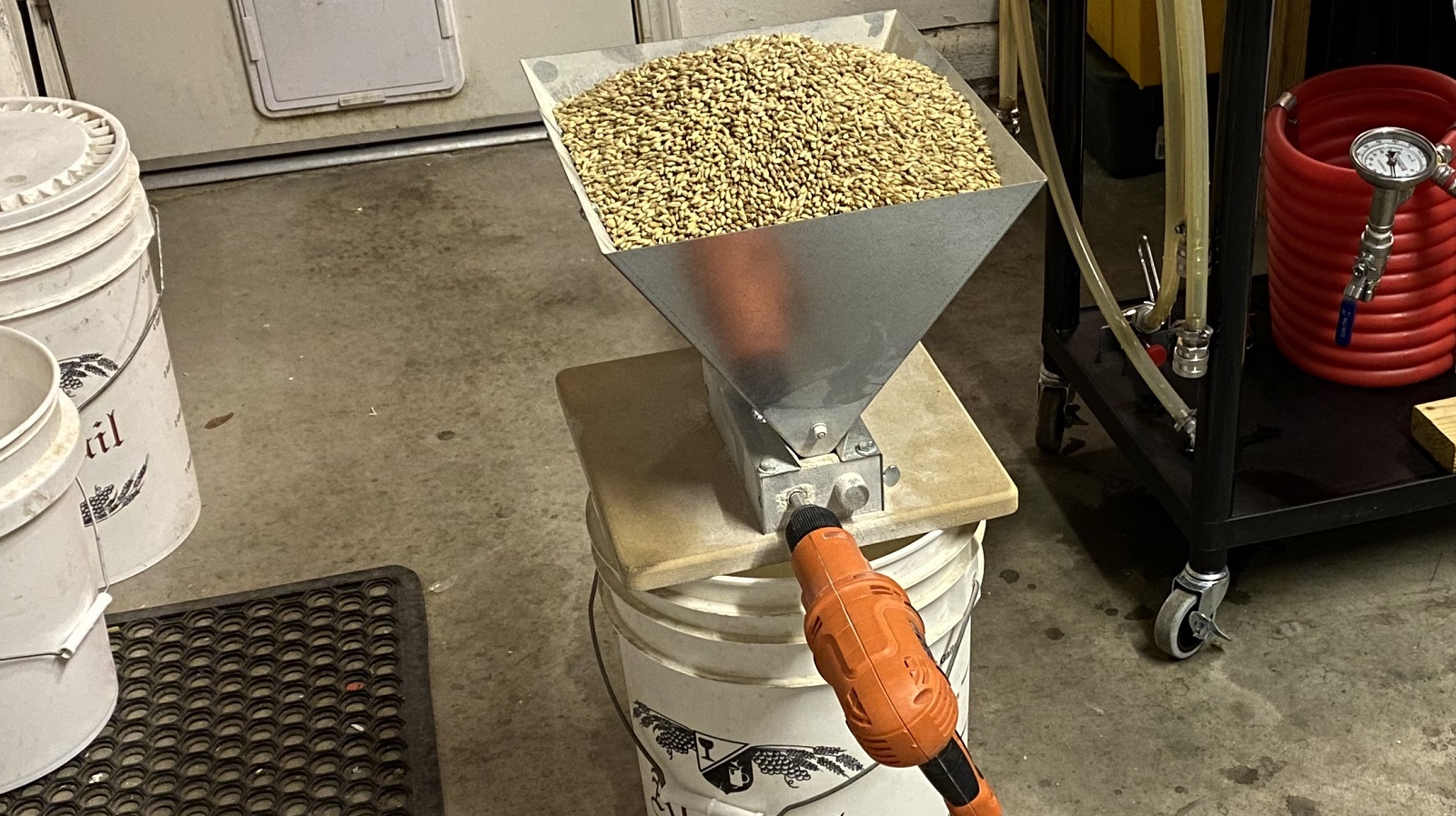
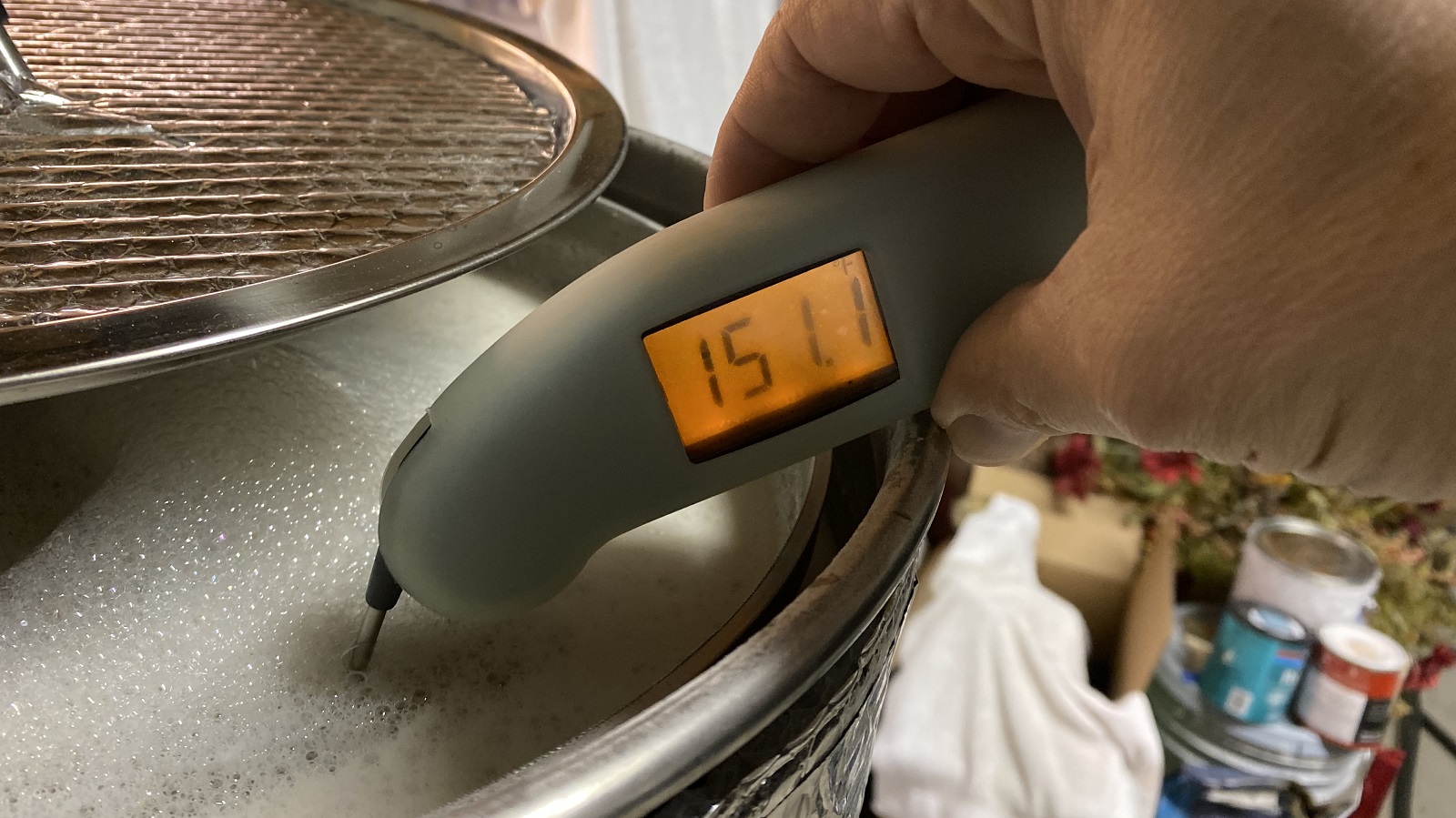
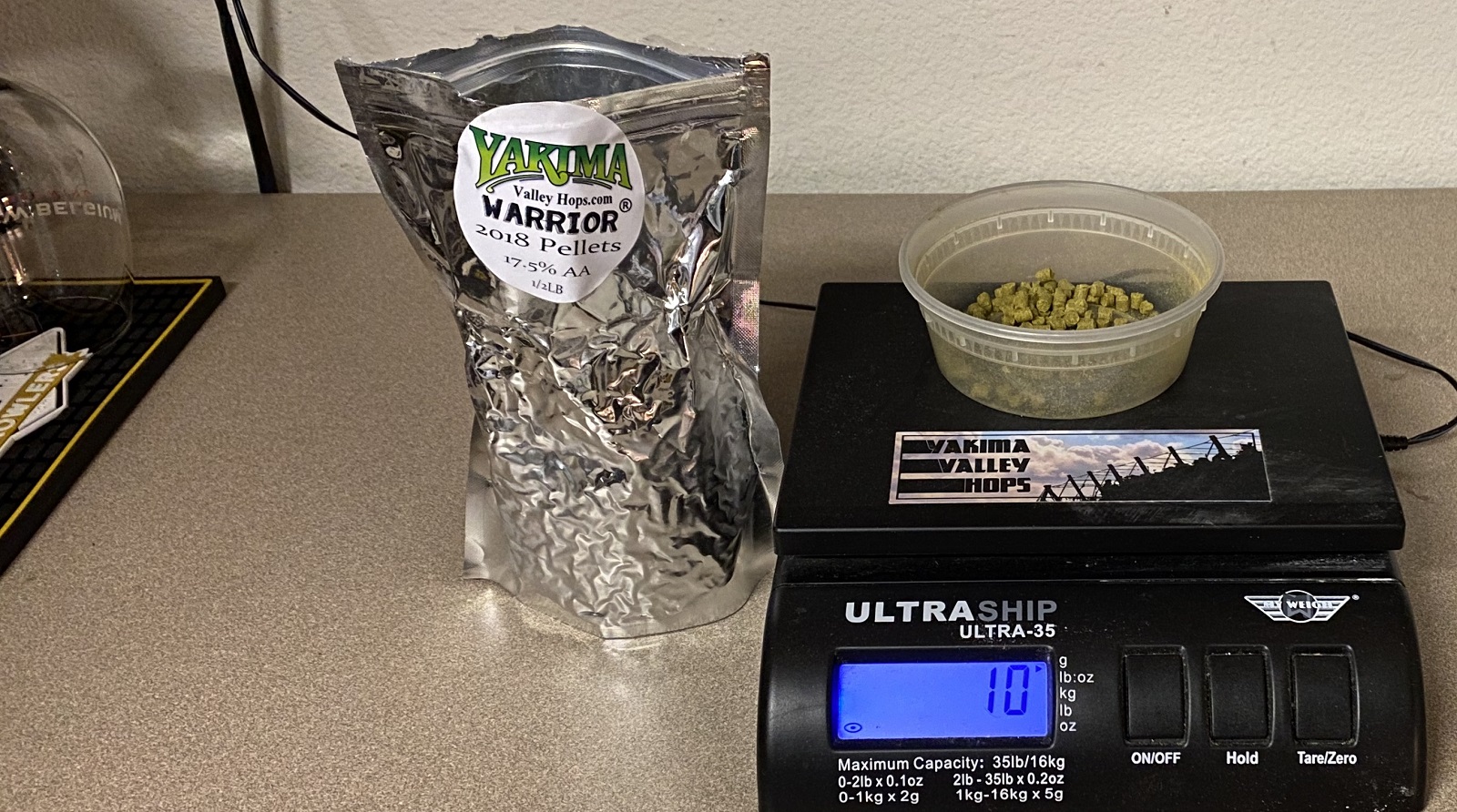
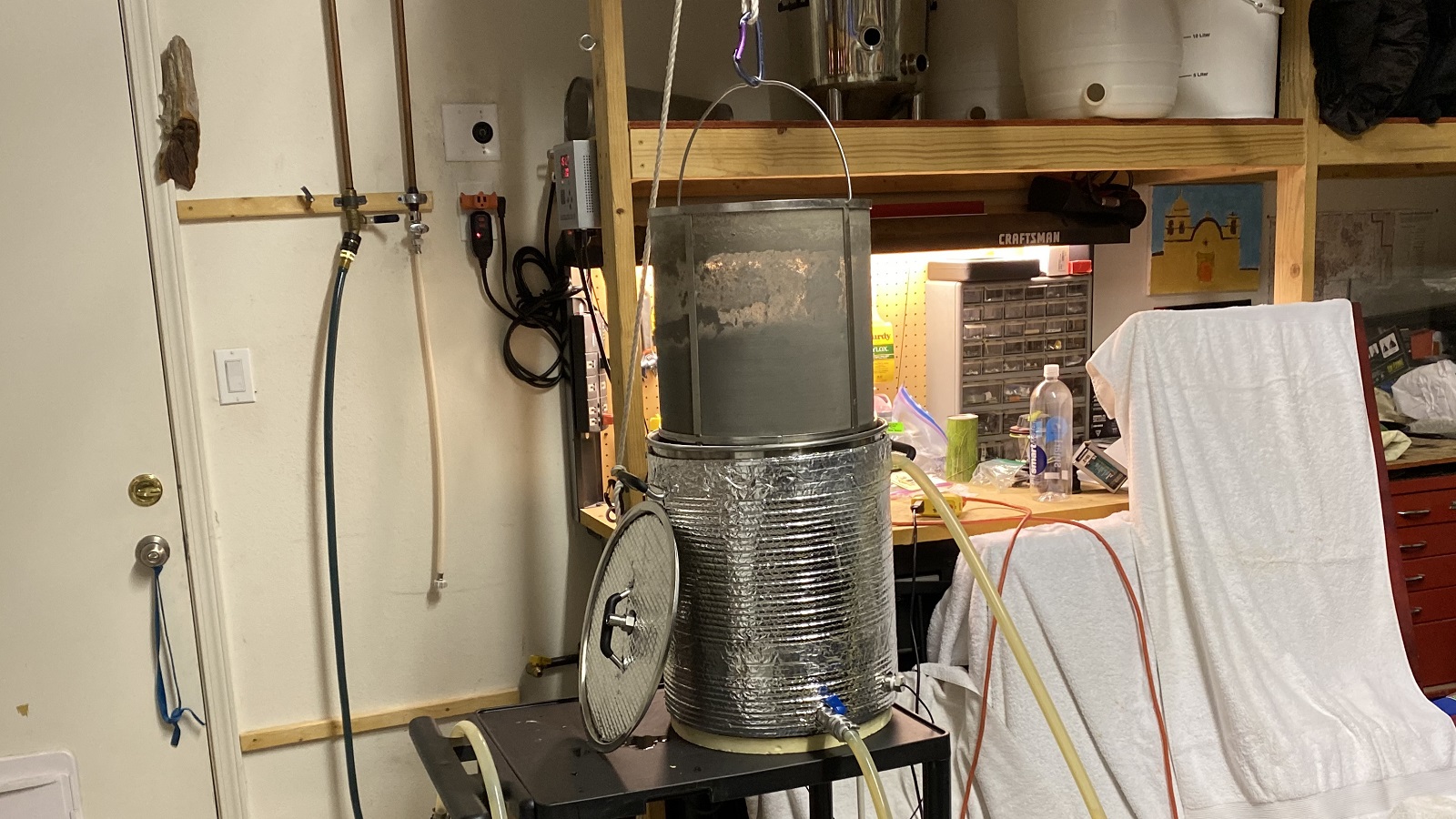
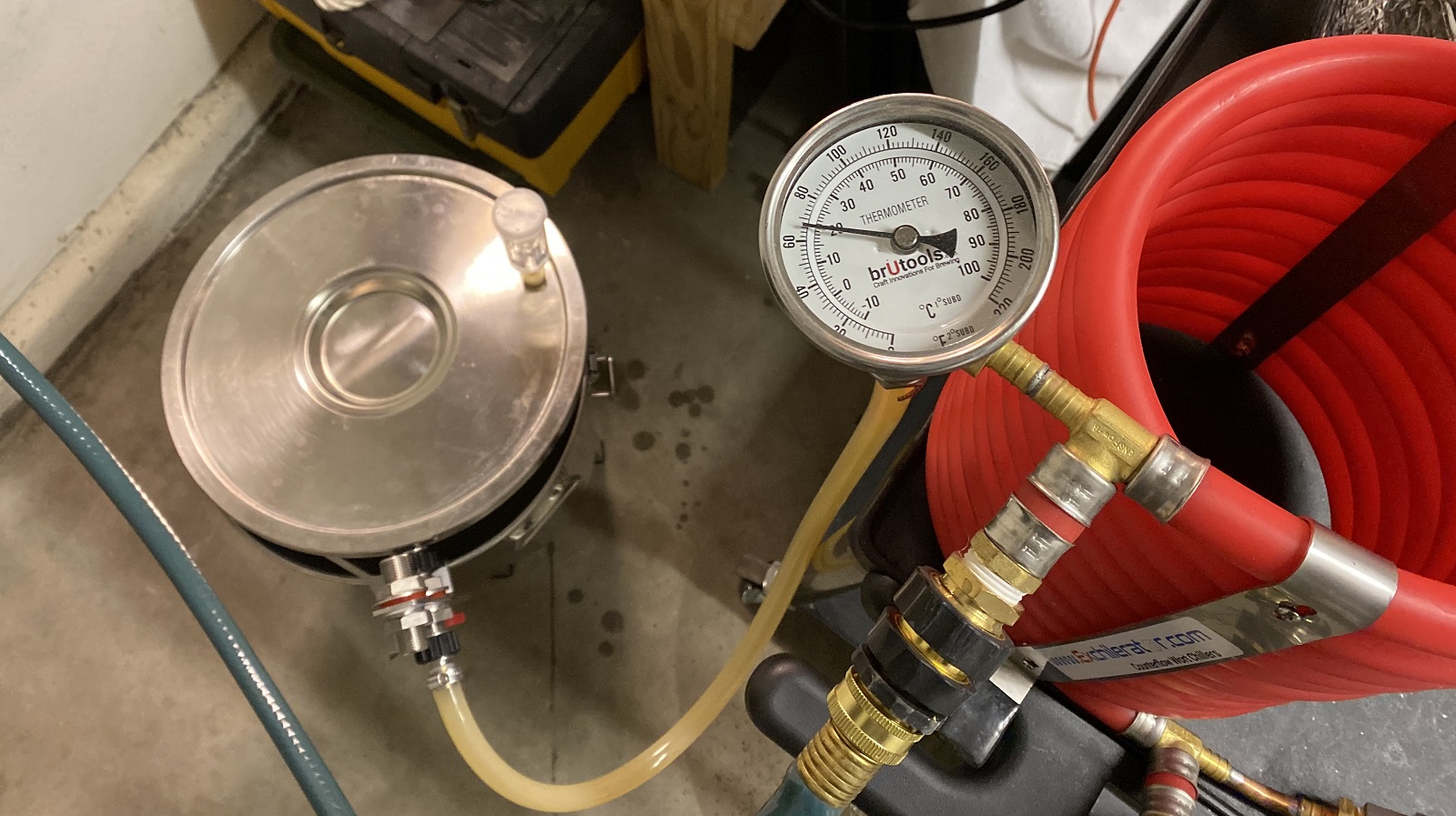
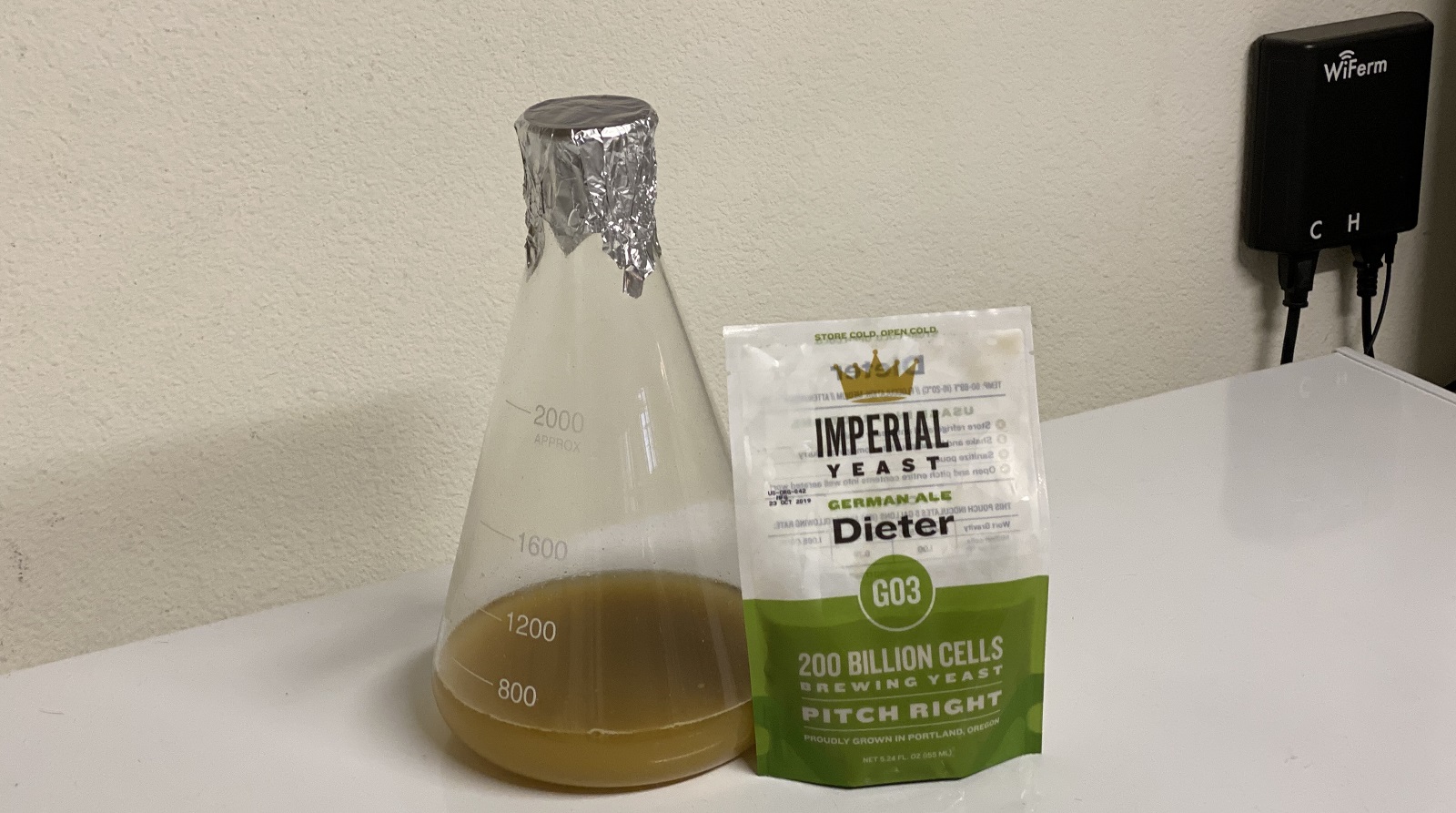
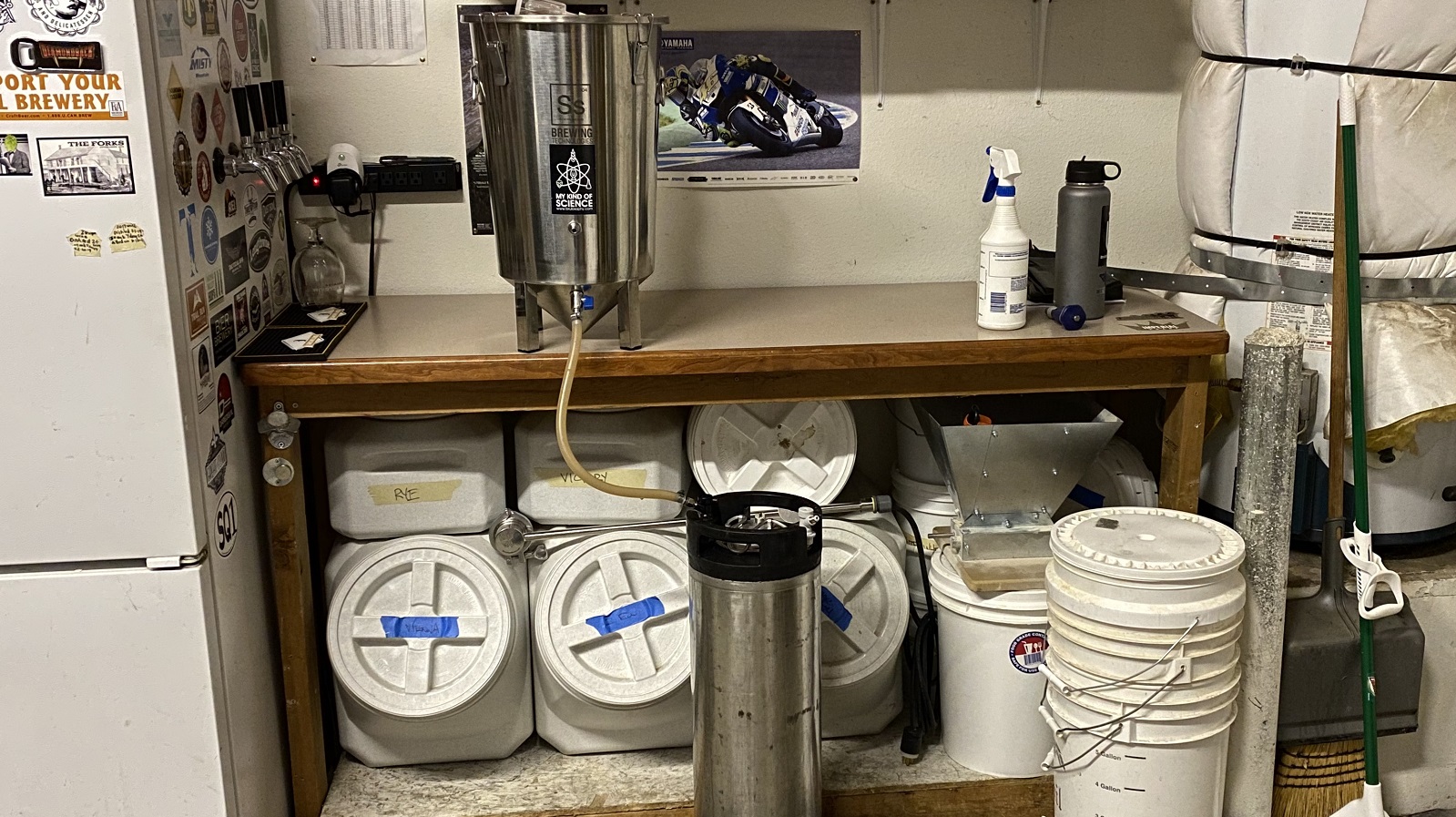
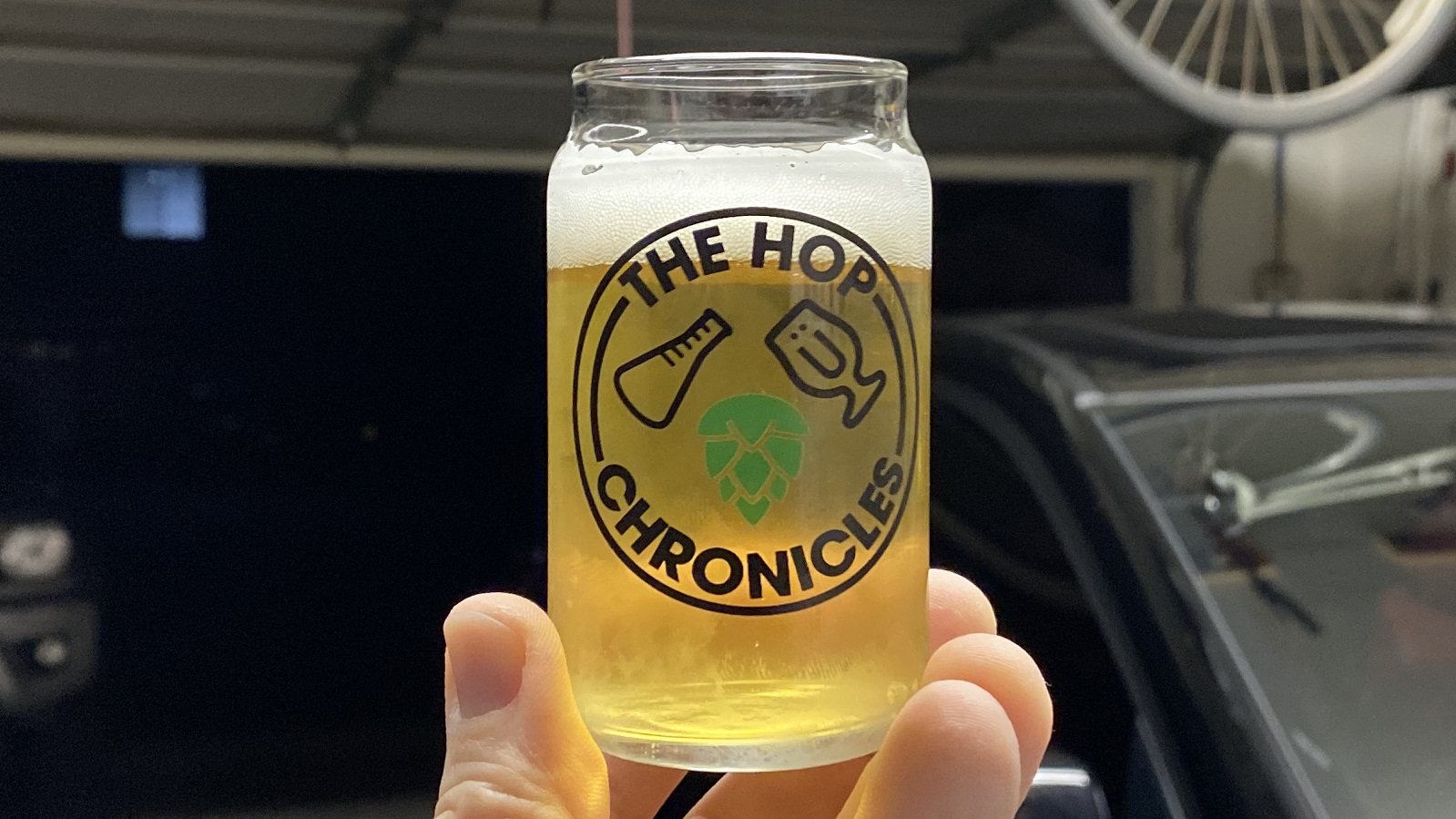

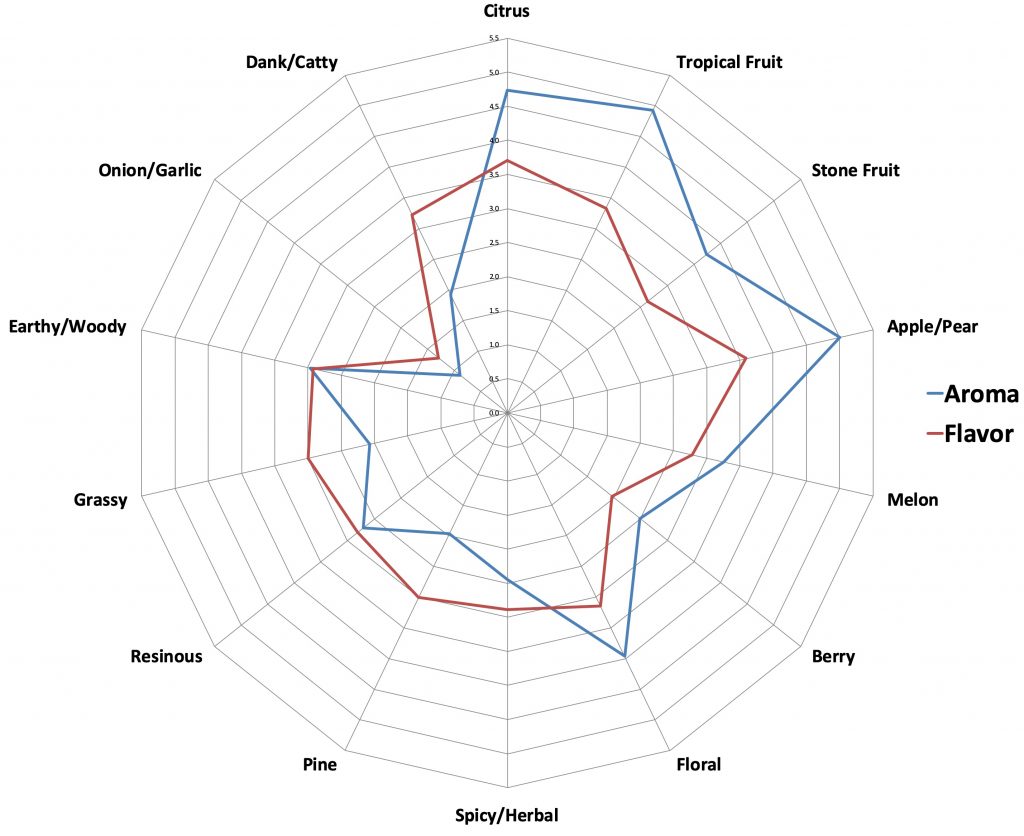
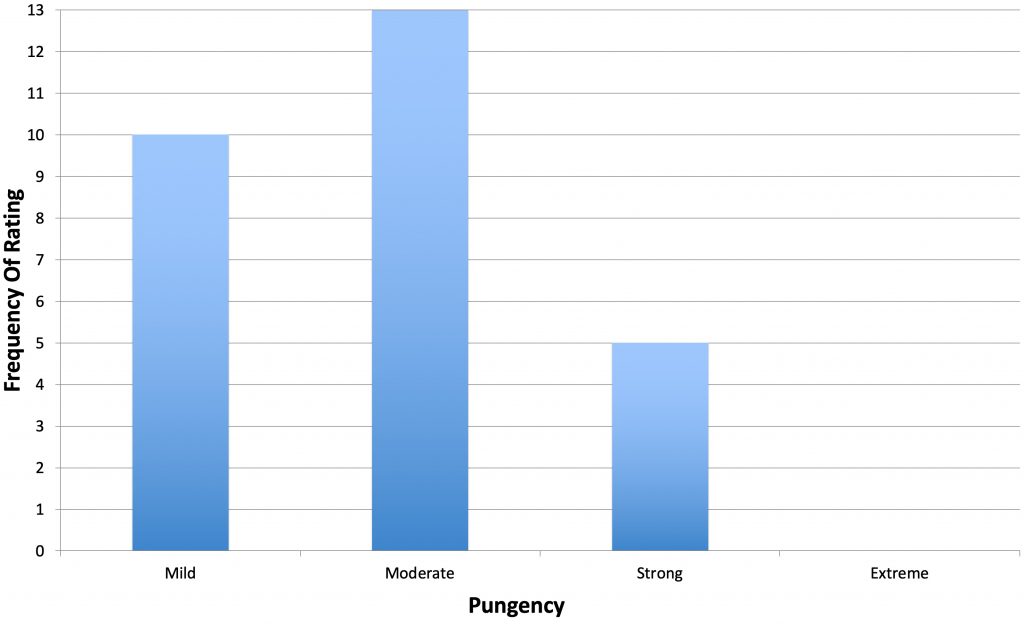
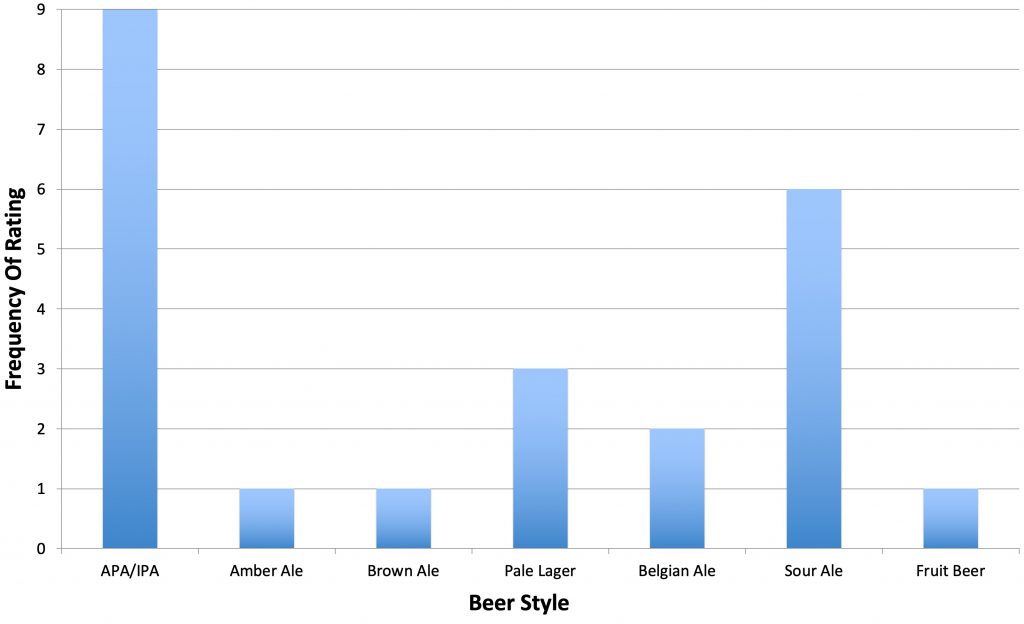
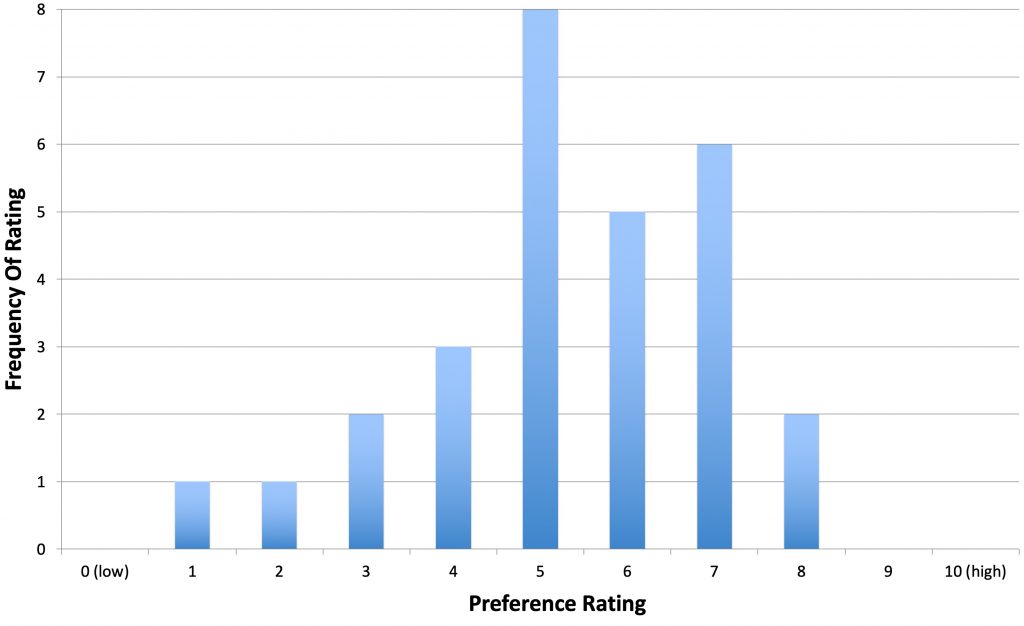











8 thoughts on “The Hop Chronicles | Warrior (2018) Pale Ale”
i’m putting together a recipe for a British Golden Ale. How do you think this would pair with Cascade?
Pairing it with Cascade would be a great idea and would result in the classic west coast/northwest IPA aroma and flavor. I’d suggest using it for bittering and push all the Cascade to the late additions. I didn’t find it to have a super strong hop aroma but it pairs very well with Cascade.
How did 6 tasters think this was a sour ale lol??
“Next, tasters were then instructed to identify beer styles they thought the hop would work well in.” They weren’t trying to guess what style this beer was, just what the flavor profile could work with. Right?
6 tasters thought it would WORK WELL in a sour ale.
They didn’t. Or at least the data doesn’t say that. It says that 6 tasters thought the hop would work well in a sour ale.
I think you might have misread the label for that chart. They were asked which beers styles they thought the hop would work well in.
thanks for this one… I’ve been using it for bittering so often that I hadn’t even considered using it for something like a pale ale… greatly appreciated.